How and when do you need to prune pears for proper crown formation?
Growing a pear is a simple activity consisting of irrigation, fertilization and pruning, which is performed in spring and autumn. If you adjust the crown annually by removing excess shoots, the pear tree will bear many sweet fruits and delight you with health. We invite you to familiarize yourself with the features of this important part of tree care.
Cutting methods and types
Pears are pruned using two techniques:
- shortening - cutting off the crown of the branch;
- thinning - complete cutting off the shoot per ring.
Adjusting the height of the tree and the density of the crown makes it easier to harvest, control pests and diseases. In columnar pears, pruning is aimed at thinning growths, giving a decorative look.
According to the intended purpose, the following types of trimming are distinguished.
- Formative. It is used for young individuals before entering the season of fruiting. Provides for the creation of a strong skeleton of a certain shape.
- Supportive. It is needed for specimens that have entered the season of fruiting. By adjusting the number of fruiting branches, the tree manages to correctly distribute nutrients, which has a beneficial effect on the quantity and quality of the crop.
- Anti-aging. Applicable to mature specimens that have crossed half the life span. Based on the removal of non-fertile wood. Stimulates the growth of new fruit formations, prolongs the fruiting and life of the culture.
Important!
Through proper annual pruning, it is possible to get sweet juicy fruits, because sugars in them accumulate only under the influence of solar radiation.
When to prune pears?
The pear is pruned throughout the growing season. It is important for beginners to know that most of the activities are carried out during the dormant period of the plant.
Spring and summer works
Each spring, to maintain the balance of the branches, the crown is formed, old shoots are cut out, and excess growth thickening the crown is removed. Among the shortcomings of spring pruning, unstable weather and tight deadlines are noted.
Therefore, it is important to adhere to the following rules.
- Choose the date for the event in accordance with the weather conditions of the region.
- Proceed with the correction after establishing a stable positive temperature.
- Check with the forecasts of weather forecasters to exclude return frosts.
- In the spring, you need to cut the pear strictly before the juice starts to move, while the plant is at rest.
In summer, the plant is not subjected to global intervention. Only branches that are sick or broken under the mass of fruit are cut off.
Autumn pruning of pears
Autumn is considered the optimal time for corrective work. In Central Russia and in a more severe climate, pear pruning should be done at the very beginning of autumn. In the South of Russia, a later haircut is acceptable, which is carried out in October.
Autumn work involves cutting off damaged and diseased branches, shortening annual growth by a third, and adjusting the silhouette.
Advice
If a large number of branches are to be removed, it is better not to risk the health of the tree and leave some of the work for the spring.
Cutting the tree too much for the winter is not worth it, the cuts are subject to severe freezing.
Winter work
The advantages of winter pruning:
- you can see the crown well due to the lack of deciduous cover;
- the pear is at rest, the cuts will not cause tangible damage to it;
- infection of the wound with fungi is excluded;
- the absence of juice in the wound surface allows the cut to tighten faster.
It should be remembered that in winter, crown formation is permissible only in adult specimens that have entered the time of fruiting. The event should be held after the end of severe frosts, as soon as the temperature ceases to fall below -15⁰C.
Required tools
To prune fruit crops, you will have to acquire a whole set of tools.
You will need:
- secateurs;
- garden saw;
- lopper;
- garden shears and knife;
- garden var or other composition for treating wounds.
The whole trimming tool kit can be bought at the garden center. Be sure to keep the sharpening sharp, disinfect the tool before and after cutting.
Advice
To disinfect the instrument, you can use a strong solution of potassium permanganate, copper sulfate, alcohol, bleach.
Pear pruning rules
Correction of the pear crown in autumn is aimed at achieving a high and high-quality harvest next year.
You can get the desired result only if you follow the rules listed below.
- Do not remove more than 25% of the total wood mass at a time. In order not to cause severe stress to the plant, stretch the event over several seasons.
- The pruner should be guided with a small blade towards the shoot to be removed.
- Cut into the ring without gouging or hemp.
- Large skeletal shoots are cut out in stages - first the cut is made from below, then from above. This approach will avoid peeling the bark.
- The wounds are lubricated with garden varnish or a special composition based on natural paint (drying oil).
If cardinal pruning was done in spring, exclude top dressing. The tree will redistribute soil resources among the remaining shoots.
How to prune different types of pears correctly?
The pruning technology depends not only on the season, but also on the type of pear and its age.
Pruning a young tree
The primary shaping of the seedling is carried out only in the spring of next year, since there is a high risk of freezing of the young. The seedling for the first time after planting will hurt due to damage to the roots. Pruning some of the shoots will help speed up the adaptation process.
In a young pear, in the first 4-5 years, it is necessary to form a correct skeleton that can withstand the weight of the fruit. This quality is favored by a sparse-tiered crown of a pyramidal shape.
For forming, use the following scheme.
- Shorten the stem height of the seedling by a quarter.
- Select 2-4 branches to create the lower tier.
- Balance the length of the branches and the conductor by cutting the branches so that the stem is 20 cm longer.
- Cut the rest of the increments.
- If the branches are growing at the wrong angle (more than 60⁰), immediately start bending. To do this, tie them to a peg, having previously tilted them horizontally.
- After 1-2 years, you can start forming the second tier of the skeleton. The procedure remains the same.
- When the plant is 5-6 years old, cut the conductor at the height of the upper branch of the skeleton. This will limit the growth of the tree upward.
In the future, autumn pruning is supportive. Every year, a third of the annual growths are removed, old and diseased twigs, tops are cut off. Thin the crown, directing the bends to the outside.
Correction of the crown of a ripe pear
An old pear needs rejuvenating pruning to increase yields. The action is reduced to the removal of branches that have ceased to bear fruit. It is best to prune the tree in early spring. Mature specimens are pruned in stages, trying not to cause serious damage to the tree. For 3-4 years, you need to leave on the trunk two tiers of powerful skeletal branches (5-7 pieces), located in increments of 1 meter.In addition to rejuvenation, be sure to maintain the correct density, balance of the branches.
Advice
Do not expect a large harvest from rejuvenated pears. Over time, the tree will distribute resources and resume fruiting.
Formation of columnar trees
Columnar pear is a short tree up to two meters in height. This crop does not have intensive lateral growth. There are short fruit branches on the trunk. Pruning is carried out in order to dilute and preserve the compactness of the culture. To increase yields, in the fall, some of the branches are completely removed, providing good ventilation and illumination for the development of fruits. The remaining shoots are cut at the level of the second or third bud. The crown of the columnar pear is never trimmed.
Knowing how to properly prune pears, you can achieve maximum crop productivity and avoid possible problems with fungal diseases. The event will help maintain the necessary dimensions of the culture and facilitate the process of leaving.
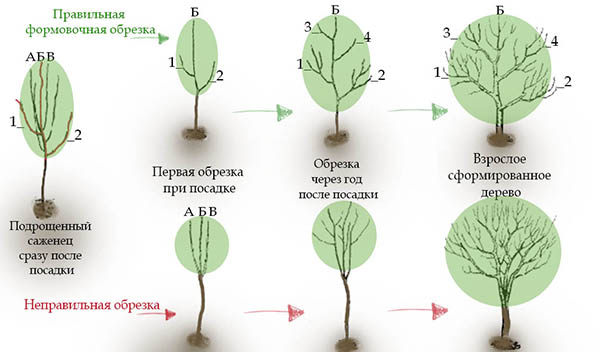
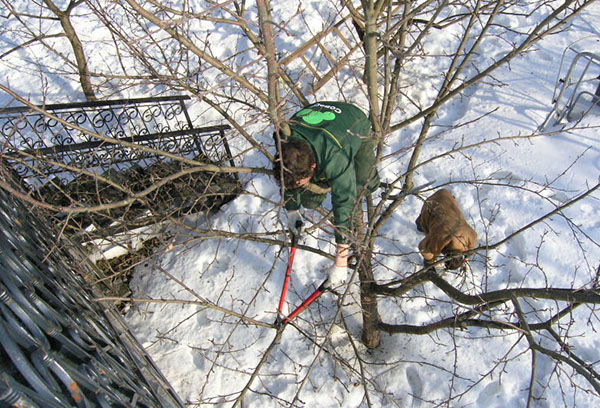
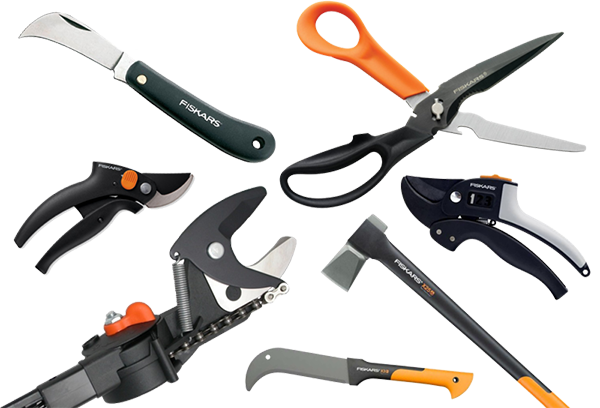
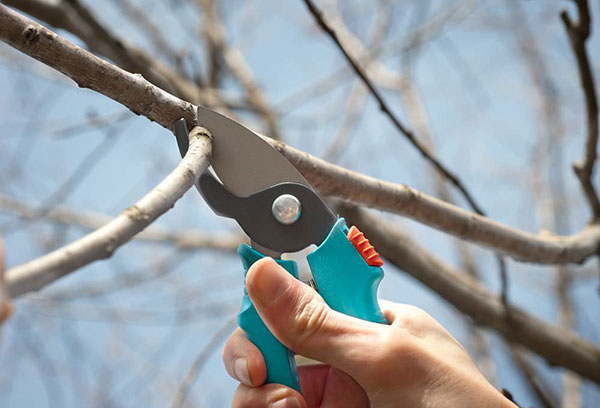
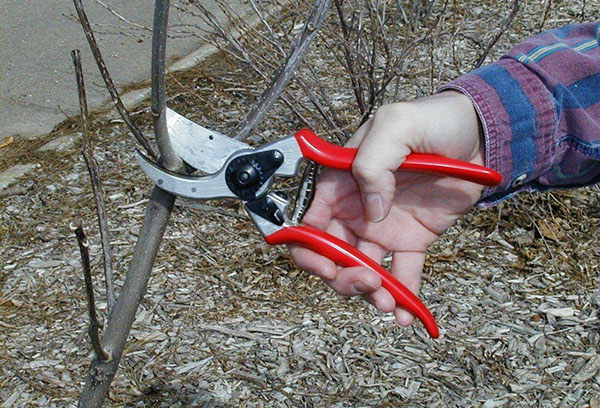
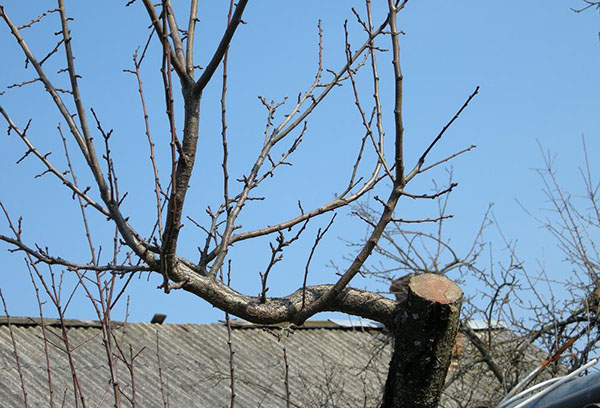

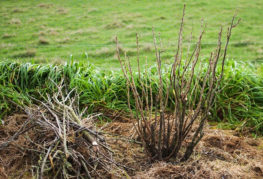
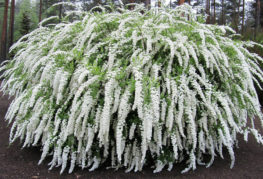
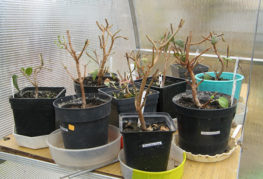
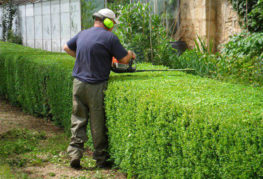

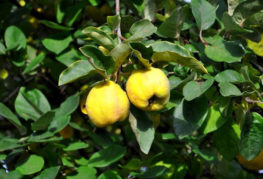
and will be published shortly.